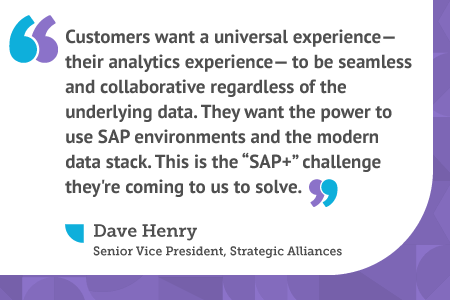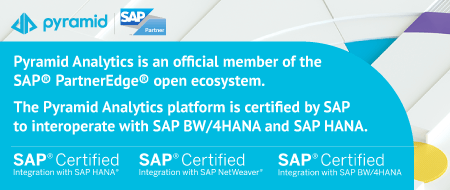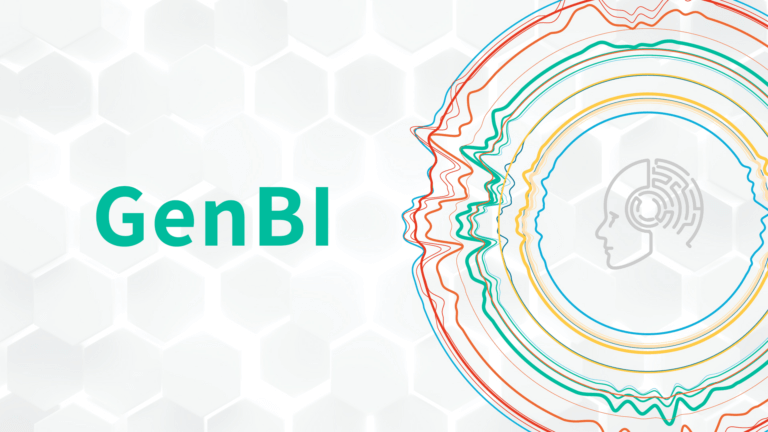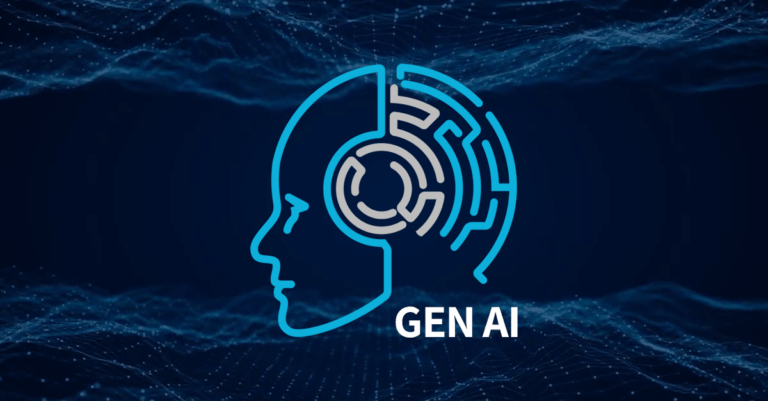What you need to know about SAP
According to SAP, SAP BW is a complete solution for company-wide data consolidation and decision-making. The underlying data is the crucial asset that supports data analysis and reporting. As a data warehouse, SAP BW supports many core functional needs and integrates tightly with other SAP applications. Other benefits include good performance, extended capabilities, and reliability—all supported by rock-solid confidence in the lasting value of the warehouse (and of SAP) itself.
Overall, SAP is a widely used system, and leading organizations around the globe rely on it to support essential core business operations. It provides business management on a broad scale, supports all business departments, and processes data for some of the largest companies in the world. They offer many different modules that can be used to create solutions for almost every business need.
In short, SAP is a world-class organization and provides a great product. However, while SAP provides comprehensive solutions for running your business, it may not solve all your challenges.
HANA, SAP’s multimodal (supporting multiple data models) in-memory database, allows users to query directly. Your HANA views can be used as data models. Developers love using it because it’s a fast and efficient database.
However, many organizations face challenges when optimizing the end-user experience with other ERP products, outside data sources, or hybrid deployments. In addition, it’s not fundamentally designed for self-service, and people with technical skills are often needed to build queries and deliver critical reporting to business units.
This often requires enterprise organizations to spend huge amounts of money to either train existing staff or hire expensive talent to do essential work in SAP. And querying data isn’t the only challenge. Manual intervention is also required for the following:
- Moving data out of SAP and into third-party tools for analysis
- Replicating business logic from SAP that is needed in other applications
- Blending data from different sources
To use all your data, no matter where it resides, organizations need analytics solutions that don’t require you to copy data out of SAP BW or HANA or require you to configure elaborate ETL processes to access the core data contained in these foundational systems.














